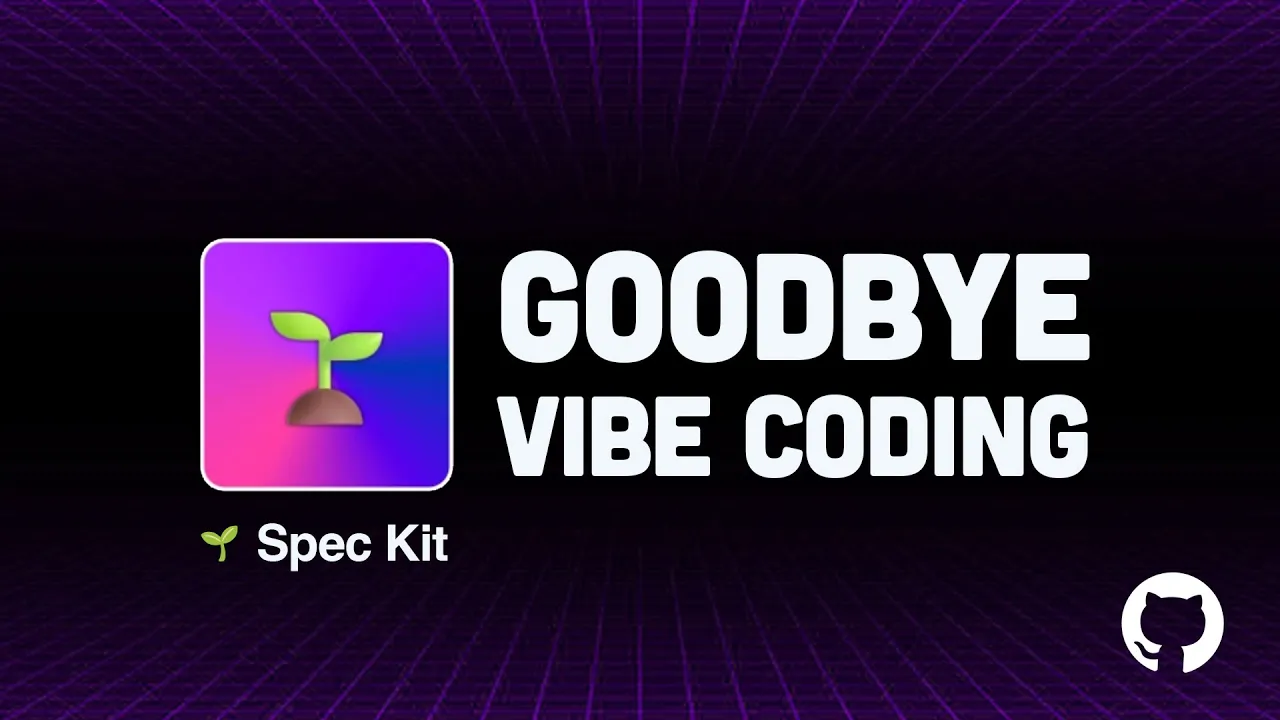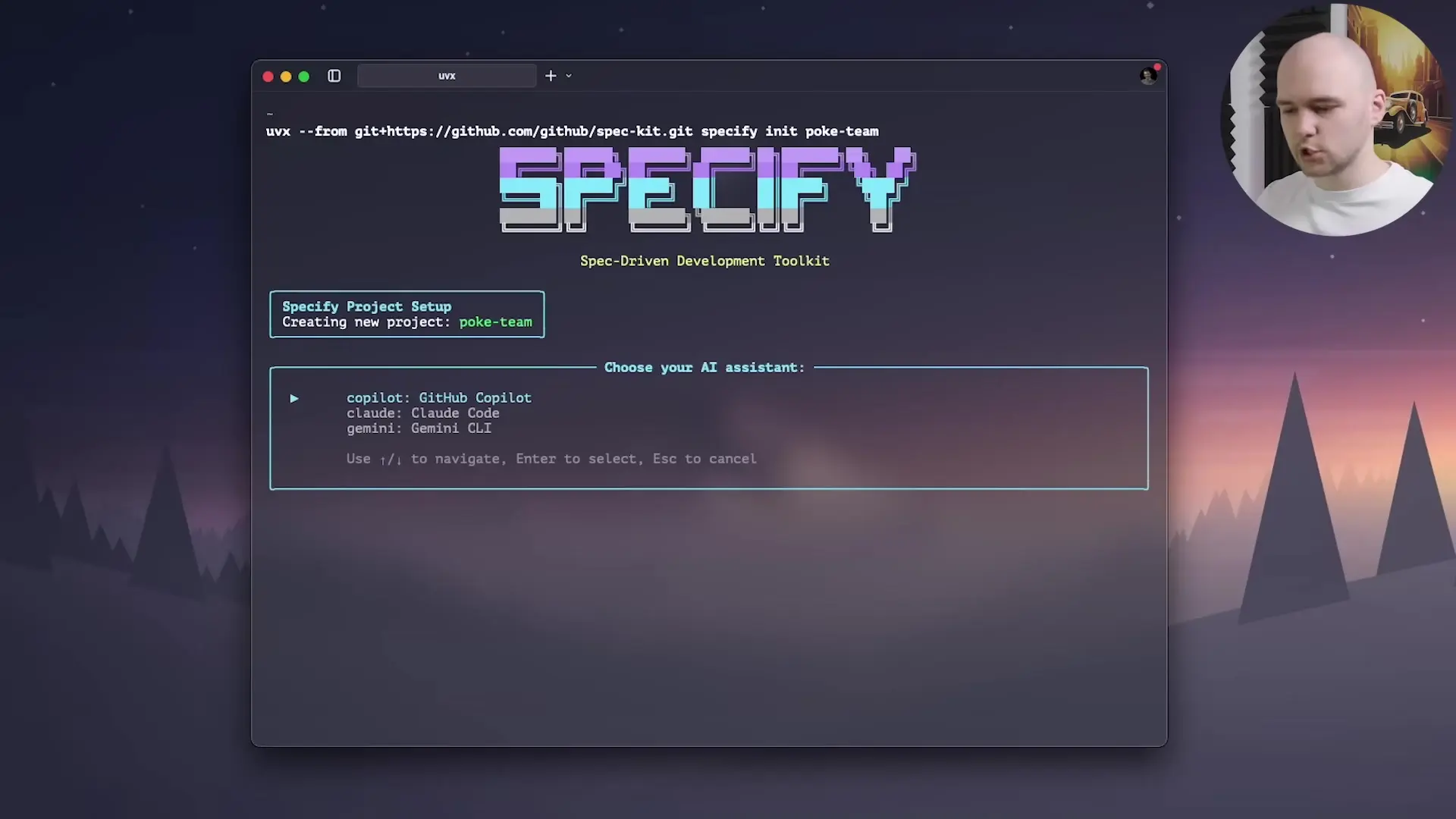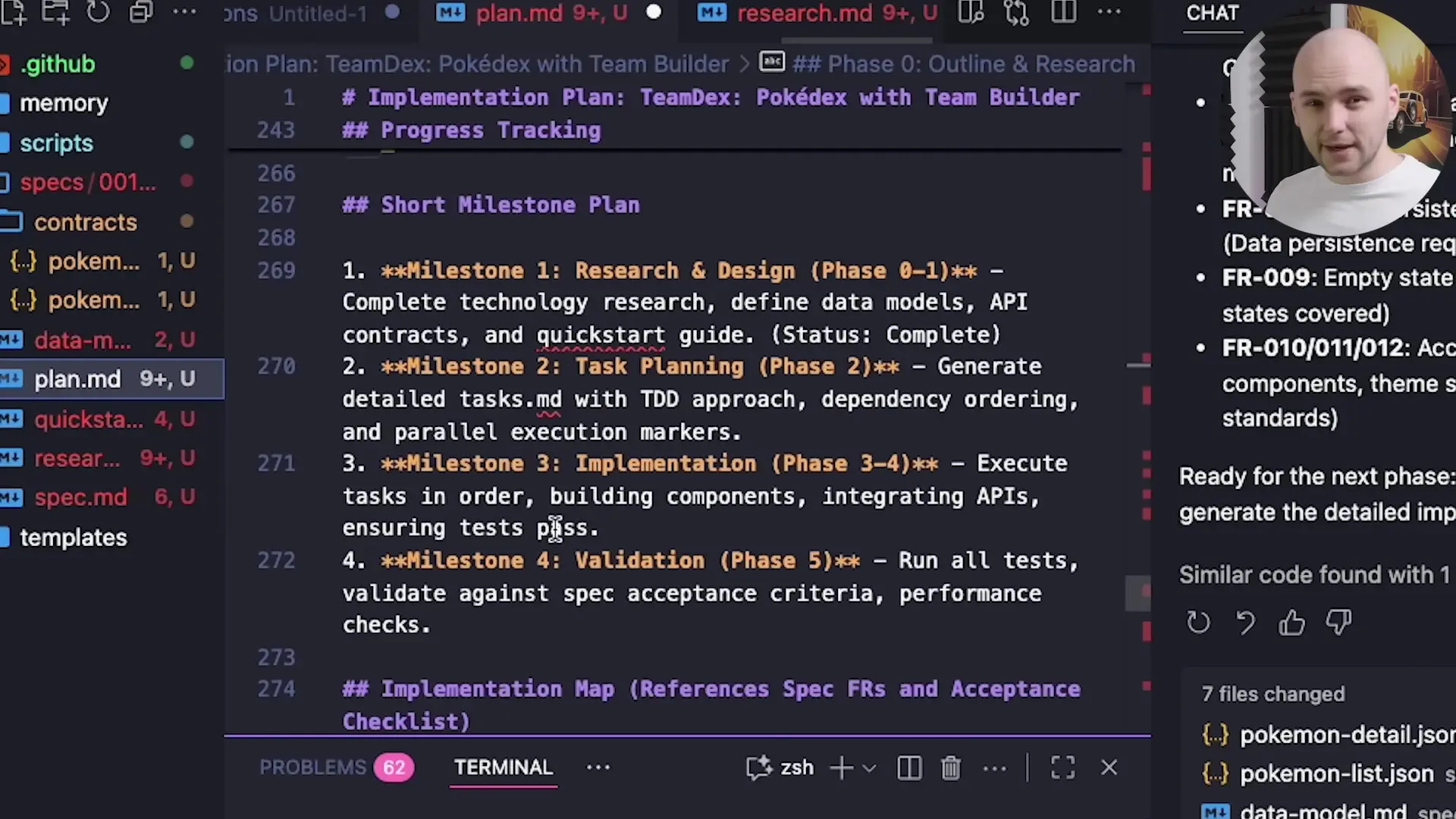
Think about the last time you asked an AI tool to write code. It probably gave you something that looked correct but didn't quite work. This common frustration isn't necessarily a problem with the AI model itself—it's most likely due to a lack of specification clarity. That's where spec-driven development comes to the rescue, and GitHub's newly released open-source toolkit called SpecKit is completely changing the game.

What is Spec-Driven Development?
In traditional development, you write code first, then document what it does. Spec-driven development flips this approach: you begin by writing a specification—a living, executable artifact that defines what you intend to build. This specification becomes the central source of truth that all stakeholders and AI tools align around.
The fundamental principle is that while language models excel at recognizing patterns, they struggle to read your mind. Broad prompts like "Add photo sharing to my app" leave AI models guessing thousands of details that rarely match your actual intentions. Spec-driven development eliminates this guesswork by providing AI with clear, structured guidance to build exactly what you want.
Introducing GitHub's SpecKit
SpecKit is GitHub's open-source toolkit designed specifically for spec-driven development with AI coding agents. It features a command-line interface (CLI), templates, and steering prompts that work seamlessly with popular AI tools like GitHub Copilot, Claude Code, and Gemini CLI. The toolkit transforms ad-hoc prompting into a structured, verifiable development workflow.
The Four Phases of SpecKit
SpecKit organizes development into four gated phases, each with a validation checkpoint before moving forward:
- Specify: Describe what you want to build and why, focusing on user journeys and outcomes. The AI agent uses this information to generate a detailed specification that evolves as your understanding grows.
- Plan: Define the tech stack and architectural constraints. The AI agent constructs a technical plan that honors these constraints based on your specifications.
- Tasks: Break down the spec and plan into small, actionable tasks. This creates manageable, testable units that AI can implement one by one.
- Implement: The AI tackles tasks incrementally, allowing you to review each change before implementation instead of dealing with bulky code dumps.
This structured approach ensures the model knows what to build, how to build it, and where to focus. You can verify and refine at each step, maintaining granular control over execution.
The Core Philosophy: Intent as the Source of Truth
SpecKit was born from frustration with coding models that behave more like search engines than literal-minded pair programmers. At its core, it represents a shift toward intent as the source of truth. Instead of code, the specification becomes the authoritative artifact, and AI models constantly reference this document for guidance on how to proceed.
Hands-On with SpecKit: Building a Pokédex Team Builder
Let's walk through a practical example of using SpecKit to build a simple Pokédex team builder application.
Getting Started
To begin, you simply run a command in your terminal specifying your project name and choosing which AI framework to use:
npx @spec-kit/cli init my-pokedex-project
This initializes all necessary files for your project. When you open the code editor, you'll see that SpecKit has created a 'script' folder and a 'templates' folder containing boilerplate spec templates and scripts to execute and prepare those documents.
Phase 1: Specify
The first step is to prepare your project by typing 'specify' followed by your prompt. This initial prompt should describe your project's overall goal, basic features, and a simple user journey. For our example, we're creating a Pokédex team builder where users can search for Pokémon and add them to their team.
npx speckit specify "Create a Pokédex team builder app where users can search for Pokémon and add them to their team. The app should allow users to view Pokémon details and remove Pokémon from their team."After running this command, SpecKit creates a new branch for development and generates a spec markdown file. The AI model understands the assignment and creates primary user stories, acceptance scenarios, edge cases, and potential roadblocks. It also adds "needs clarification" blocks for situations where it can't decide on a path forward, allowing you to specify requirements yourself.
Phase 2: Plan
In this phase, you describe the tech stack of your application along with other necessary details. For our Pokédex app, we might specify using React with TypeScript, Chakra UI for components, and the public PokéAPI.
npx speckit plan "Build the app using React with TypeScript, Chakra UI for components, and the public PokéAPI. Implement debounce on the Pokémon search to avoid overwhelming the API."SpecKit then creates more detailed documentation including a data model, research document, and contracts for object types. The research document is particularly valuable as it explains the rationale behind framework choices and considers alternative solutions.

Phase 3: Tasks
With the spec and plan in place, you can now ask the model to create an MVP version of your project. SpecKit creates a detailed tasks list outlining step-by-step what needs to be done to achieve your development goal. Each task receives a unique number to keep everything organized.
npx speckit tasks "Create an MVP version of the Pokédex team builder"Phase 4: Implement
The final phase involves executing the tasks. You can implement tasks individually or in groups by specifying their numbers:
npx speckit implement "Implement tasks 1-4"As tasks are completed, SpecKit marks them as done in the task list. You can continue implementing tasks in order, reviewing progress and iterating as needed.
Benefits of the Spec-Driven Approach
- Cleaner, safer, and more reliable code through structured development
- Better alignment between intent and implementation
- Granular control over the development process
- Improved collaboration through a shared source of truth
- Reduced guesswork for AI models, resulting in more accurate code generation
- Built-in validation checkpoints at each phase
Important Considerations
While SpecKit is designed to work with most coding models, the choice of model still makes a significant difference in results. During testing, different models produced varying quality outcomes even with the same specifications. Therefore, choosing the right coding model remains an important factor in achieving optimal results.
Additionally, SpecKit templates appear to favor a test-driven development approach by default, writing tests before implementing features. You can modify this in the spec or plan if you prefer a different development methodology.
Conclusion
GitHub's SpecKit represents a significant advancement in AI-assisted development by addressing the fundamental problem of specification clarity. By implementing a structured, spec-driven approach, it bridges the gap between human intent and AI implementation, resulting in cleaner, more reliable code.
As AI continues to play an increasingly important role in software development, tools like SpecKit that improve the interaction between developers and AI models will become essential parts of the modern development workflow. Spec-driven development is clearly a paradigm we'll be seeing much more of in the future of coding.
Let's Watch!
GitHub SpecKit: The Revolutionary Tool That Fixes AI Coding Problems
Ready to enhance your neural network?
Access our quantum knowledge cores and upgrade your programming abilities.
Initialize Training Sequence